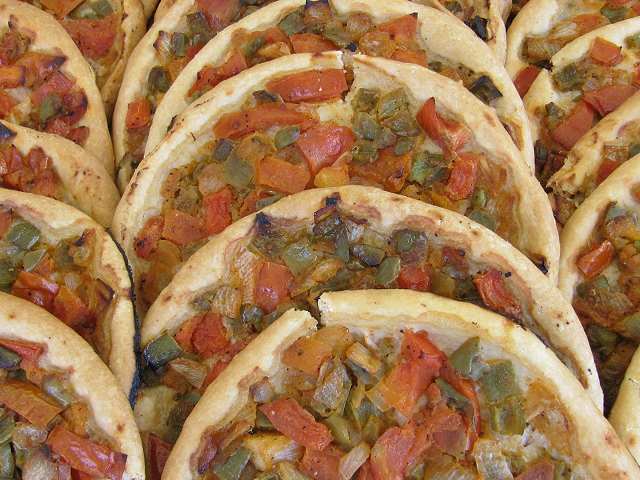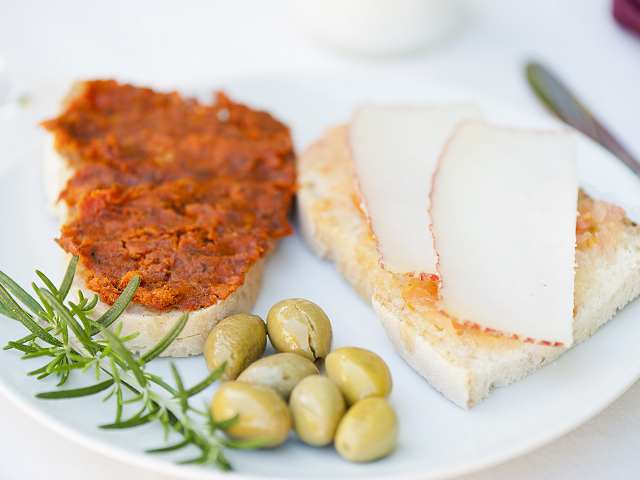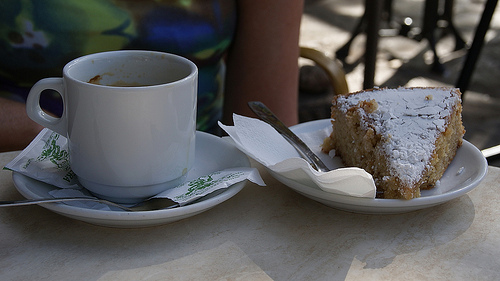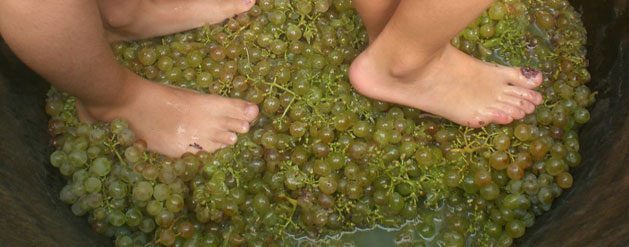In South Africa (where i’m from) they have a saying, “local is lekker” (lekker meaning tasty, pleasurable or very excellent). This is true of local Mallorcan wine, and so it should be because vine cultivation has been going on in Mallorca since 121 BC. In his encyclopaedic work, Naturalis Historia, written in the first century A.D., Roman author and philosopher Pliny the Elder wrote the wines of the Balearics “challenge the comparison with the first vintages of Italy.”
Even during the centuries of Moorish dominion, wine production was not discontinued even though it was prohibited, and when King Jaume I conquered the island in 1230, top quality wines were offered to him as a peace offering.
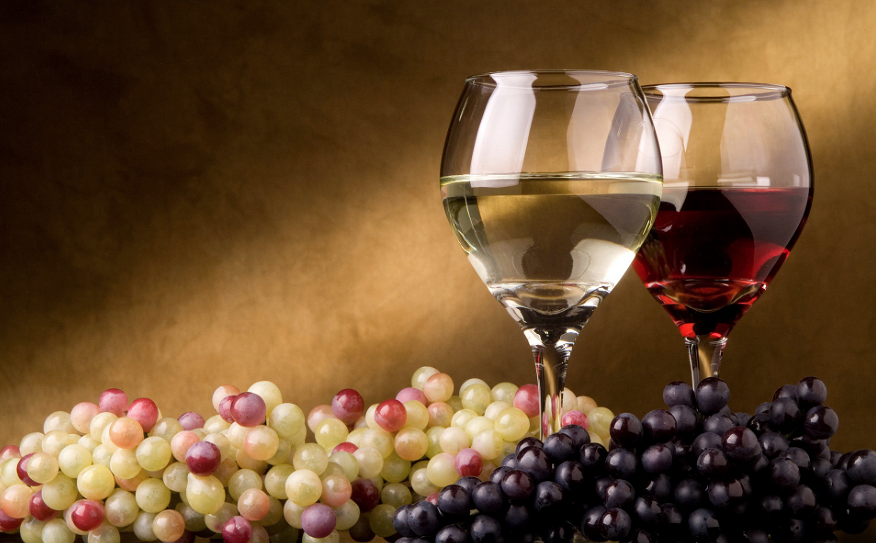
The Great French Wine Blightwine corkscrew
Between 1862 and 1863, a plague of sap-sucking insects, known as Phylloxera, swept across the vineyards of France, destroying many and laying waste to the wine industry there. In response to the French need for wine, vineyards across Mallorca spread rapidly between 1865 and 1890. At this stage, about 27 000 ha of the island were said to be under vine, and exports were about 300,000 hl of wine per year. Alas, in 1891 the dreaded Phylloxera virus spread to the vineyards of Mallorca, wiping them out and destroying much of Mallorca’s livelihood. A small number of vines were re-planted, but only really for local consumption, and instead Mallorcan farmers were encouraged to plant other crops such as almonds, fruit and vegetables.
Wine Revival
green grapesMan cannot live on almonds alone however, and thanks to tourism and the tenacity of the Mallorcan winemakers, wine producing in Mallorca has made a comeback. Granted, the revival of the wine industry here has been a long time coming, and it was as late as the 1970’s when vines were replanted with gusto. Since then, winemaking has come on by leaps and bounds and in the 1990’s local winemakers have, in an effort to improve the quality of their wines, focussed on planting and nurturing indigenous island varietals, as well as popular international varietals such as Merlot, Cabernet Sauvignon and Chardonnay. Their tenacity has paid off, and today Mallorca produces sparkling, white, rosé and red wines, which rival some of the best in the world.
There are currently more than 65 wine estates in Mallorca. It is home to two D.O. (Denominación de Origen) designated wine regions, these being Binissalem and Plai I Llevant, which comprise of 13 wineries each, and two regionally-designated areas, being Mallorca (Regional Wine) and Serra de Tramuntana-Costa Nord (Regional Wine). The latter two regions comprise of over 25 wineries and 18 municipalities respectively.

Vineyards on the island offer a range of visits that vary from wine tasting, lunch and dinner tours to a Mallorca Wine Express Wine Tour, which starts and ends in Santa Maria, visiting wineries and vineyards along the way.
Mallorca’s breath taking scenery, food, and wine, make it an amazing place to visit. If however, you enjoy good wine and are unable to visit this beautiful place, it is well worth making an effort to look out for wine produced in Mallorca, the price of which belies the quality thereof. In the words of Edward Steinberg, author of “Making a Great Wine”, “Great wine works wonders and is itself one.” Mallorcan wine certainly fits the bill.
Share this article
Further reading
You may also be interested in these guides


